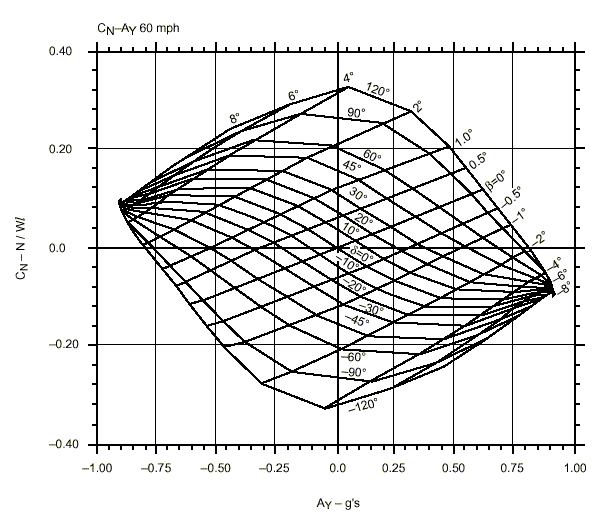I think there are two effects here to consider
1. You cant operate the car at 100% of the tyre force capabiliy because there is no stabilising forces so its too difficult to control. Therefore, eveyone will operate at (for example) 95%. Now you can get 95% of the tyre force capability in two conditions. One slightly below the optimum slip angle, and the other slightly above the optimum slip. When drivers talk of drifing a car, I believe this means that they are at 95% of force capability on both axles but the rear axle is operating over optimum slip angle and the front is operating slightly under.
This means the car must be slightly oversteering to start with and the driver is able to control it after rear has past its optimum but while the front still has grip capability.
Its very rare that a car will be neutral through every corner, so to get the optimum out of it, you generally need to have one axle near or at its saturation point in order to get the full potential from the other axle.
2. Its possible to have higher lateral accelerations in transient conditions than you could acheive in steady state conditions and I think this is how Senna was operating the car. If you look at a Milliken Moment Diagram, you will see that the peak lateral acceleration can occur still with some yaw moment so by definition this is not a steady condition.

Tim





